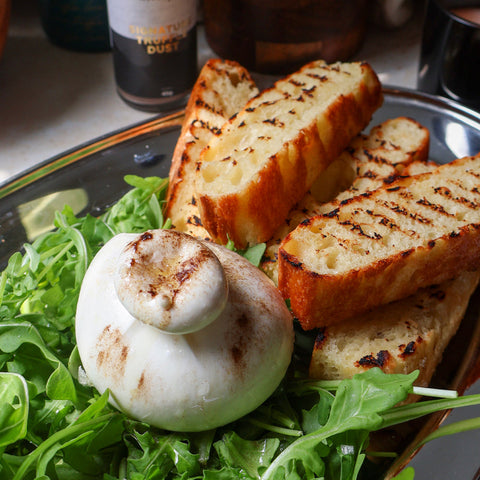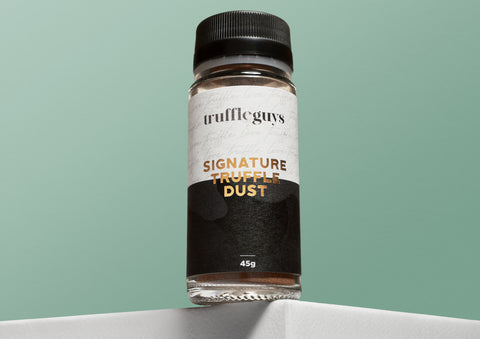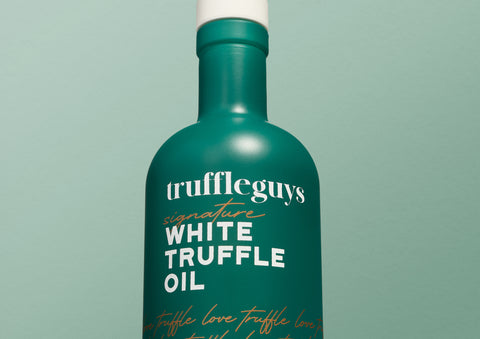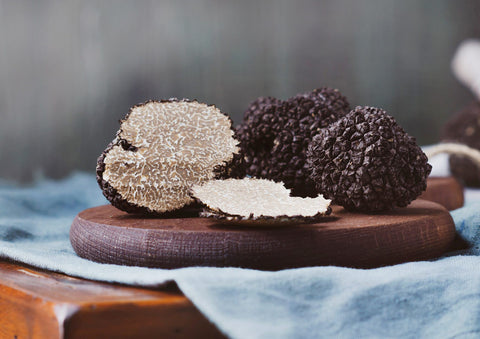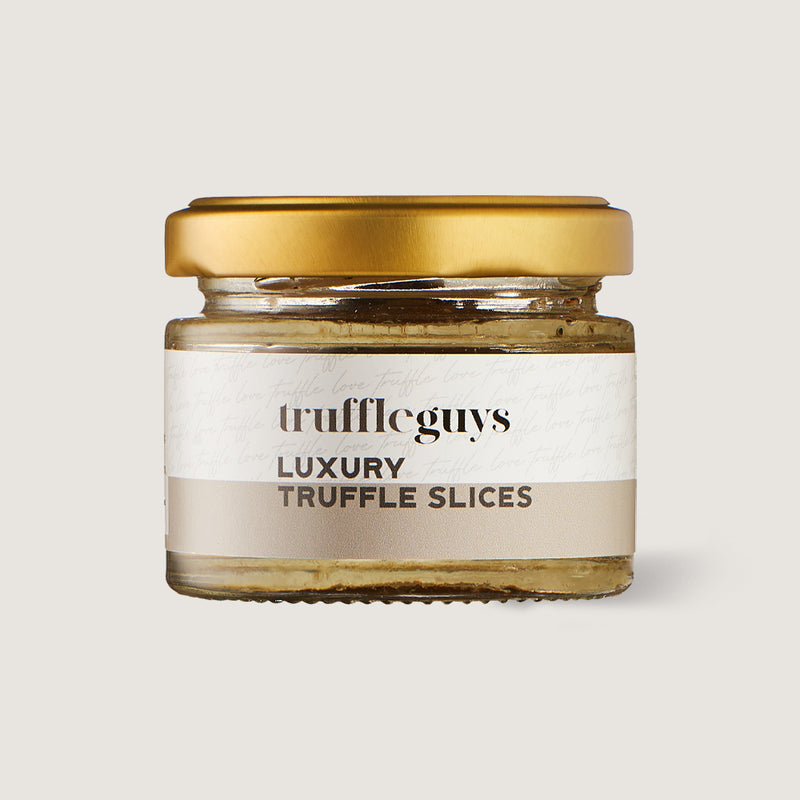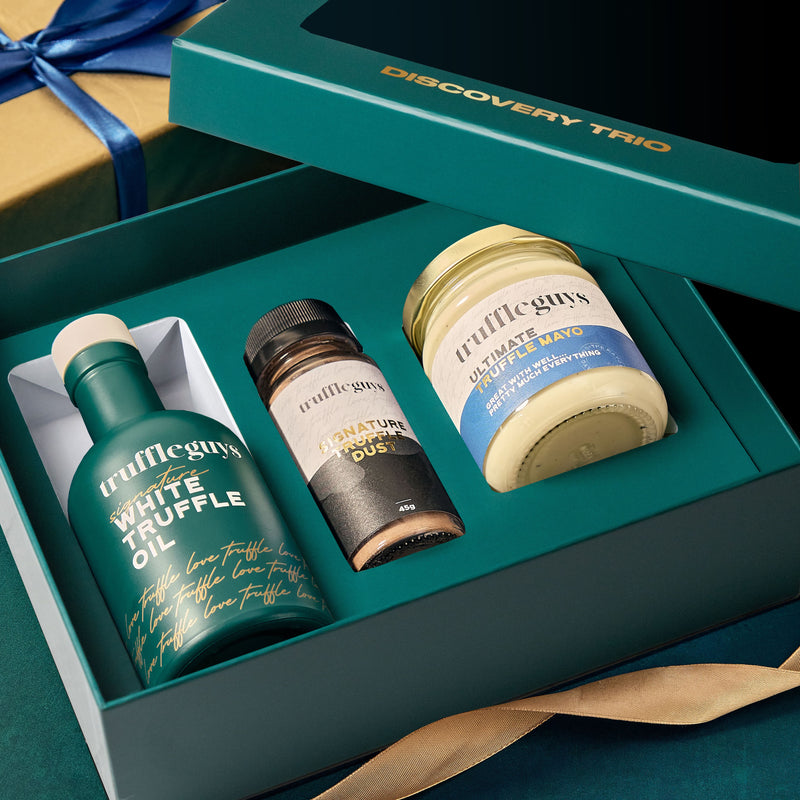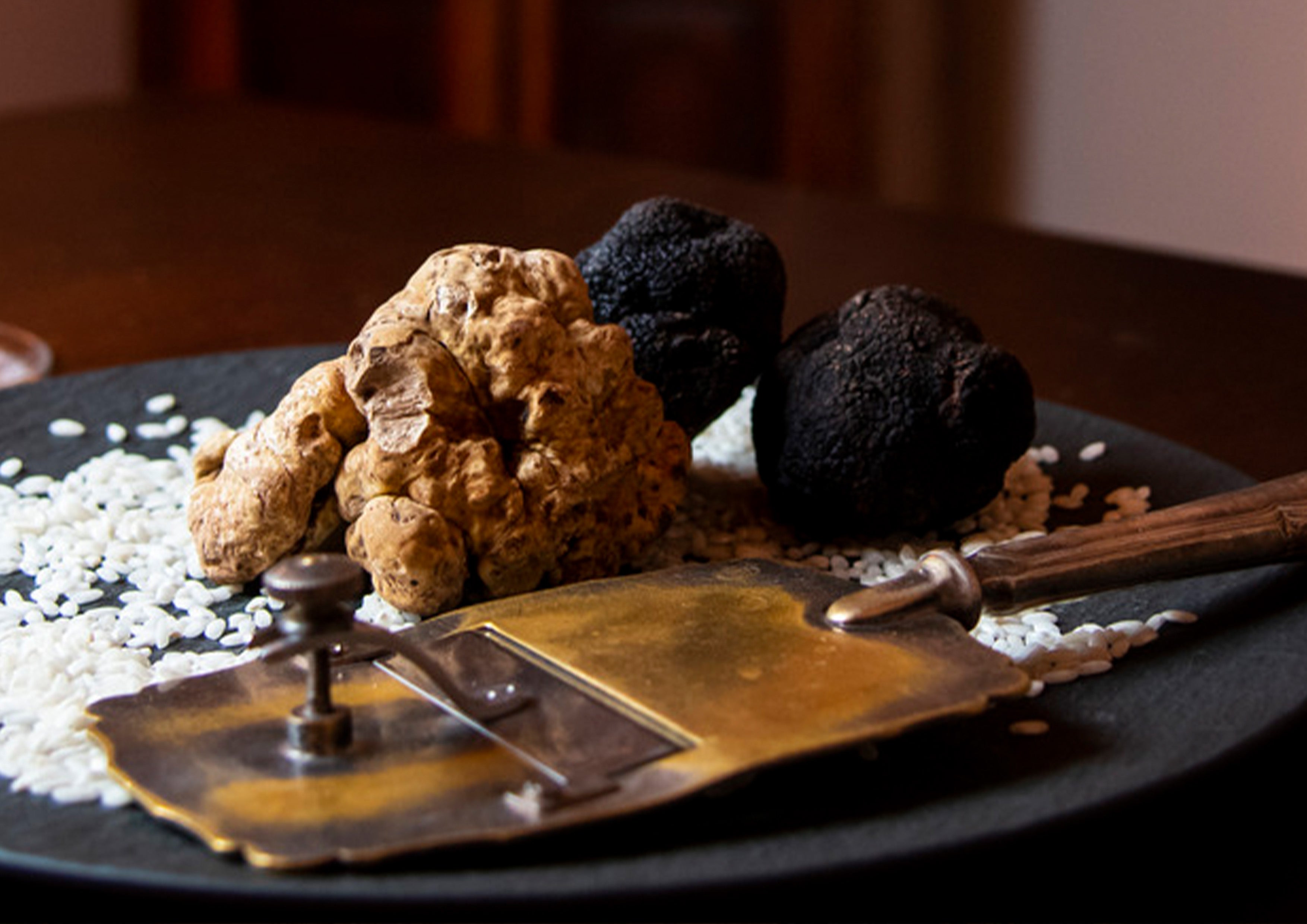
White Truffle vs. Black Truffle
White Truffle vs. Black Truffle
In the world of gourmet dining, truffles are the ultimate luxury ingredient. Their unique aromas and flavours can elevate any dish to new heights. Among the many varieties, white and black truffles reign supreme. But how do they differ, and which one should you choose for your next culinary masterpiece? Let’s explore the differences between white truffles and black truffles, and discover how to make the most of these culinary gems.
The Basics: White Truffle vs. Black Truffle
White Truffles
- Scientific Name: Tuber magnatum
- Region: Predominantly found in Italy’s Piedmont region and parts of Croatia.
- Season: Late September to December.
- Aroma and Flavour: White truffles have a powerful aroma reminiscent of garlic, cheese, and earthy musk. Their flavour is intense, with notes of garlic and shallots, and is best appreciated when used fresh.
Black Truffles
- Scientific Name: Tuber melanosporum (Périgord truffle) and Tuber aestivum (Summer truffle).
- Region: Found mainly in France, Spain, and parts of Italy.
- Season: Périgord truffles are available from December to March, while Summer truffles can be found from May to August.
- Aroma and Flavour: Black truffles have a subtler aroma compared to white truffles, with hints of chocolate, earth, and nutty undertones. Their flavour is more nuanced, making them versatile in both raw and cooked dishes.
Appearance and Texture
White Truffles
White truffles are pale in color, ranging from cream to light brown, with a smooth or slightly rough surface. Their texture is firm yet delicate, making them perfect for shaving thinly over dishes.
Black Truffles
Black truffles have a dark, rough exterior with a marbled interior that displays a striking contrast of white and brown veins. Their texture is denser than white truffles, which allows them to withstand cooking without losing their flavour.
Culinary Uses
White Truffles
Due to their intense aroma, white truffles are best used raw. They are typically shaved thinly over simple dishes that allow their flavour to shine, such as:
- Pasta: Toss freshly cooked pasta with butter or olive oil, and finish with generous shavings of white truffle.
- Risotto: Stir shavings of white truffle into a creamy risotto for a luxurious touch.
- Egg Dishes: Enhance scrambled eggs or an omelet with slivers of white truffle for a decadent breakfast.
Black Truffles
Black truffles are more versatile and can be used in both raw and cooked preparations. They pair well with a wide range of ingredients, making them perfect for:
- Sauces: Infuse a rich cream or butter sauce with black truffles to accompany meats or vegetables.
- Roasts: Insert slivers of black truffle under the skin of poultry or mix into stuffing for a flavour boost.
- Cheese: Incorporate black truffle into cheese spreads or melt into fondue for an earthy twist.
Price and Availability
White truffles are rarer and more perishable, which often makes them more expensive than black truffles. Their limited season and difficulty in cultivation contribute to their high price tag. In contrast, black truffles are more widely available and can be cultivated, which typically makes them more affordable.
Conclusion
When it comes to choosing between white and black truffles, the decision often comes down to personal preference and the dish you plan to create. White truffles are best for those seeking an intense aroma and raw application, while black truffles offer versatility and subtlety for a variety of dishes. Whichever you choose, incorporating truffles into your cooking is a surefire way to impress your guests and indulge in the pinnacle of gourmet dining.
For the finest selection of truffle products visit Truffle Guys and elevate your culinary creations with these exquisite ingredients.


